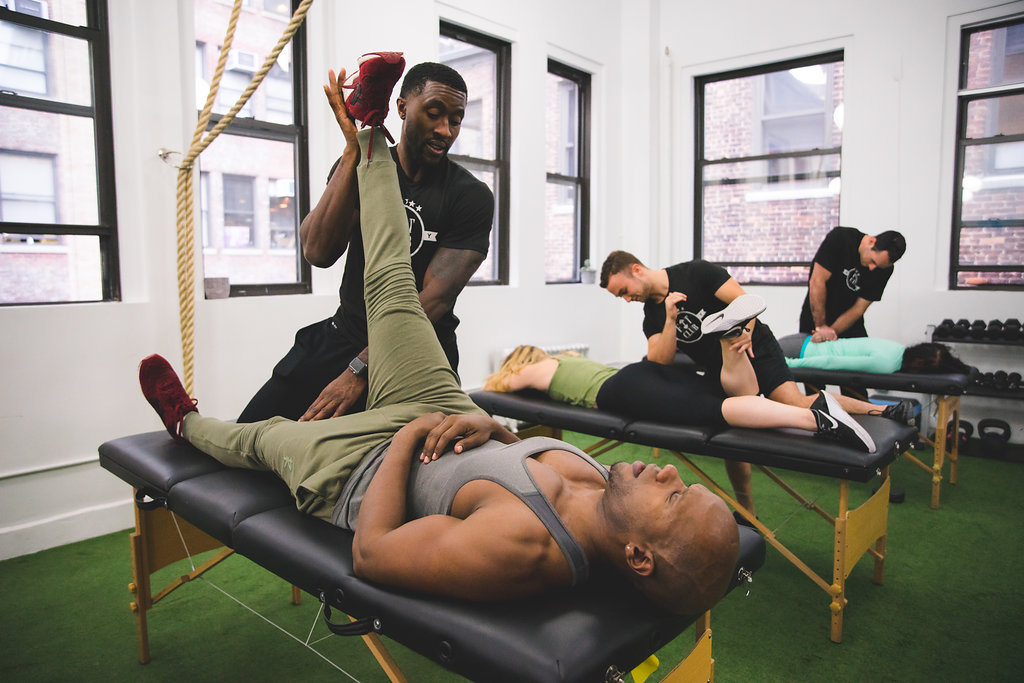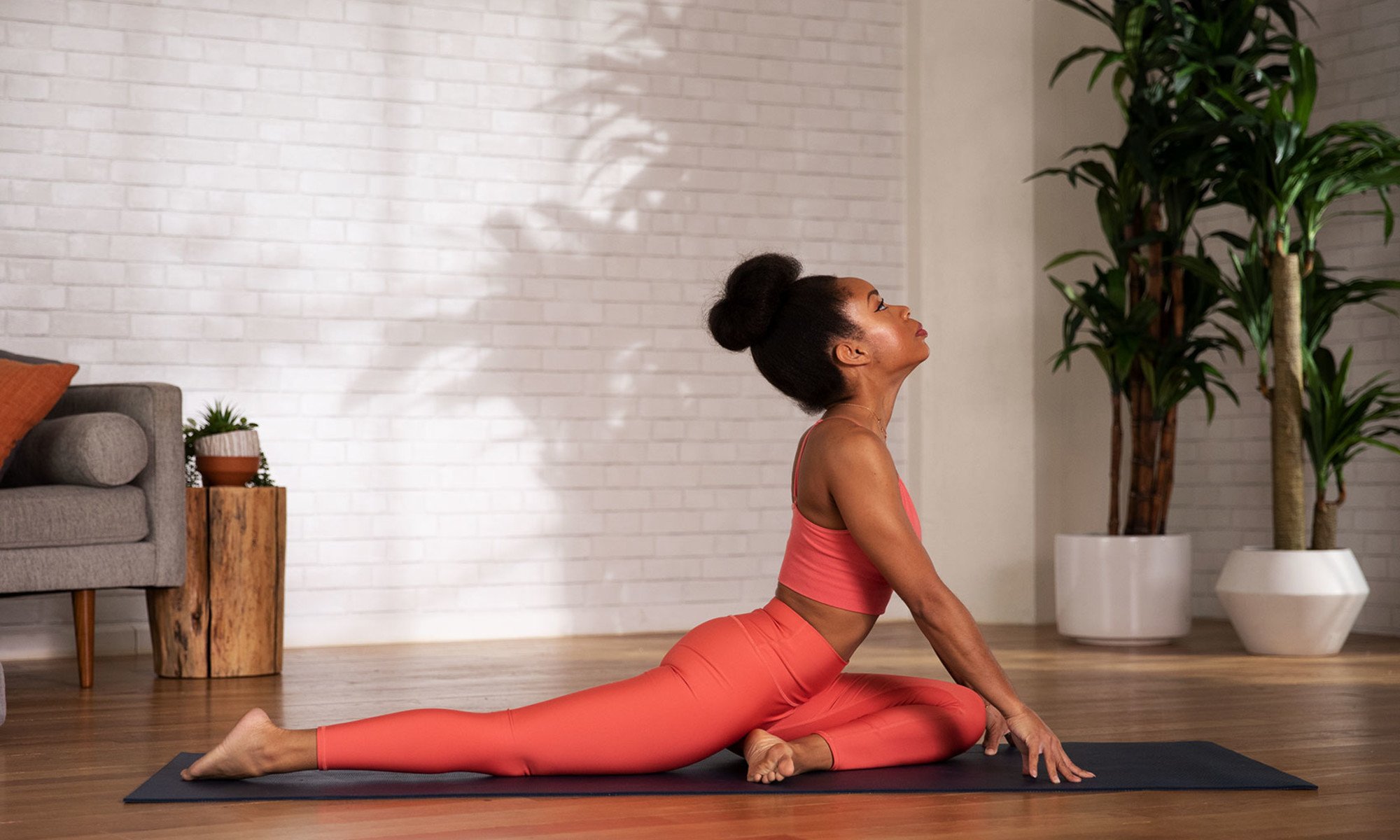We all know the feeling of tossing and turning all night, trying to find the perfect position for a good night’s sleep. But what happens when your hips are the source of your discomfort? Hip pain at night can be frustrating and downright debilitating, leaving you restless and groggy the next day. The good news is that there are ways to ease the pain and sleep soundly again. Below we explore some possible causes of hip pain and effective tips and techniques for relieving hip pain at night. Whether you’re a side sleeper or a back sleeper, you’ll find some valuable strategies to help you wake up feeling rested and pain-free. So, let’s dive in and discover how you can get your best sleep yet!
The Hidden Culprits of Nighttime Hip Pain: What You Need to Know to Sleep Better

When your hip pain wakes you up, it can be exhausting, especially when it keeps you from getting a good night’s sleep. The throbbing pain can make it difficult to fall asleep or stay asleep. Bedtime hip pain is one of people’s most common complaints regarding sleeping discomfort. Hip pain at night can be a real pain in the…hip. But understanding the possible causes of your discomfort can help you take steps towards relief.
Here are some of the most common causes of hip pain at night.
Hip Arthritis
Hip pain is a common symptom of various forms of arthritis, including osteoarthritis and rheumatoid arthritis.
Hip Bursitis
This condition occurs when the bursae, small fluid-filled sacs that cushion the joints, become inflamed.
Hip Tendonitis
Tendinitis is a common overuse injury when the tendons connecting muscle to bone become inflamed.
Hip labral tear
The labrum is a piece of cartilage that helps keep the ball of the hip joint in place. When this tissue tears, it can cause sharp pain and discomfort.
Sciatica
Sciatica is a condition that occurs when the sciatic nerve, which runs from the lower back down the legs, becomes compressed or irritated.
Sciatic piriformis syndrome
Sciatic piriformis syndrome is a specific type of sciatica that occurs when the piriformis muscle in the buttocks irritates or compresses this nerve. It can cause upper thigh pain, as well as pain, numbness, and tingling in the hip and other parts of the leg.
Injury
Injuries to the hip, such as a hip fracture, sprain, or strain, can cause pain and discomfort that is often worse at night.
Pregnancy
The weight gain and changes in posture associated with pregnancy can cause hip pain, particularly in the later stages of pregnancy.
Sleep position
Sleeping on your side without proper support can cause your top leg to pull your hip out of alignment. Sleeping on your stomach can cause your lower back to arch, leading to hip pain. Even sleeping on your back without proper support can lead to hip pain if your mattress or pillow is not providing adequate support.
Dreaming of a Good Night's Sleep? How to Prepare Your Bed for Hip Pain Relief

When it comes to finding relief from hip pain at night, your bed can be your best friend or worst enemy. Investing in a high-quality mattress is one of the best things you can do to prepare your bed for hip pain relief. A mattress that is too soft can cause your hips to sink too far into the bed, while a mattress that is too firm can trigger pressure points that lead to pain. Look for a new mattress that is medium-firm and provides adequate support for your hips and spine.
Pillows can also be a game-changer when it comes to hip pain relief. For side sleepers, a pillow between your legs can help keep your hips aligned and reduce pressure on your joints. A body pillow can also provide additional support and comfort throughout the night. If you’re a back sleeper, placing a pillow under your knees can help take pressure off your hips and reduce pain. Additionally, investing in a pregnancy pillow can help you find the most pain-reducing position if you are pregnant.
Finally, consider using other aids to make sleeping more comfortable for people with hip pain. A mattress topper can provide extra cushioning and support, while a supportive wedge pillow can help elevate your legs and reduce pressure on your hips. With the right combination of mattresses, pillows, and other aids, you can create a sleeping environment that supports your body and helps ease your hip pain. Don’t be afraid to experiment with different combinations of pillows and aids to find the perfect setup that works for you.
Sleep Tight: The Best Sleep Positions to Ease Your Hip Pain

Adjusting your sleeping position can be an effective way to relieve hip pain when sleeping. If you’re sleeping on your side, sleeping on the non-painful side with a pillow between your knees can help reduce pressure on your hips and provide extra support. This position helps to keep the spine in a neutral alignment and distributes the body’s weight more evenly, reducing pressure on the hips.
Back sleepers can place a pillow under their knees to reduce pressure on their hips and align their spine. It’s important to keep the spine in a neutral alignment and reduce pressure on the hips to relieve discomfort and promote better sleep.
While stomach sleeping isn’t the best position for hip pain relief, some people find relief by placing a pillow under their pelvis. This can help reduce pressure on the hips and lower back, although it can be a difficult position to maintain for the entire night
You may also want to consider investing in a bed that can help you find relief from hip pain. An adjustable bed, for example, can help you find the perfect angle for your hips, reducing pressure on the joints and helping to relieve discomfort. With the right combination of sleeping position and bed, you can find the relief you need to get the restful sleep you deserve.
Hip Pain Relief at Your Fingertips: Try These Techniques to Ease Your Discomfort
In addition to adjusting your sleep position and preparing your bed, other techniques can help relieve hip pain. These techniques can be used alone or in combination with other treatments to provide relief, help avoid hip pain in the future and improve your overall health. Here are some options to consider:
Physical Therapy:

Physical therapy is a non-invasive and drug-free treatment option for hip pain that can be effective for a wide range of causes, including sciatica, arthritis, bursitis, tendinitis, and more. During physical therapy sessions, a trained therapist will work with you to develop a personalized treatment plan based on your specific needs and goals. This may include exercises to stretch and strengthen the muscles in and around the hip joint and techniques to improve posture and alignment. Your therapist may also use hands-on techniques such as massage or manual therapy to help reduce muscle tension and improve circulation to the affected area.
In addition to in-office treatments, physical therapy may involve at-home exercises and self-care techniques to help you progress between sessions. Your physical therapist will closely monitor your progress and adjust your treatment plan as needed.
If you’re experiencing sore hips, schedule a free evaluation session today!
Stretching and Strengthening

Stretching and strengthening your hips can be an effective way to relieve pain and prevent future hip issues. When you have hip pain, staying sedentary and avoiding movement can be tempting, but gentle exercise can help reduce pain and inflammation. There are several stretches and exercises that you can do to help ease hip pain, and they can be done at home without any special equipment.
Here are some stretches and exercises that can help ease hip pain:
Hip Flexor Stretch: To stretch the hip flexor muscles, kneel on one knee with the other foot in front of you. Lean forward, keeping your back straight, until you feel a stretch in the front of your hip.
Butterfly Stretch: Sit on the floor with the soles of your feet together, and your knees bent. Gently press your knees down toward the floor until you feel a stretch in your hips.
Clamshells: Lie on your side with your knees bent and your feet together. Keeping your feet touching, lift your top knee as high as possible without moving your pelvis.
Hip Bridges: Lie on your back with your knees bent and your feet flat on the floor. Lift your hips toward the ceiling, squeezing your glutes and keeping your feet flat on the floor.
Heat and Ice Therapy
Massage therapy can help reduce muscle tension and improve circulation to the affected area, relieving hip pain. A professional massage therapist can help target specific areas of pain and reduce muscle tension. Still, self-massage techniques such as foam rolling or using a tennis ball can also be effective.
Massage
Applying a heat pack or warm towel to your hip can help improve blood flow and reduce muscle tension, while an ice pack can help reduce inflammation and numb the area to reduce pain. Alternating between heat and ice therapy can be especially effective.
Acupuncture
Acupuncture is an ancient Chinese technique that involves inserting fine needles into specific points on the body to stimulate healing and relieve pain. Studies have shown that acupuncture can effectively treat hip pain and other types of chronic pain.
Yoga

Practicing yoga can ease chronic hip pain, help improve flexibility and strength in the hips, and prevent future issues, as many poses focus on opening up the hips and releasing tension. Look for yoga classes or videos specifically designed for people with hip pain.
By incorporating these techniques into your treatment plan, you can find the right combination to address hip pain and provide the relief you need to sleep soundly and comfortably. It’s important to listen to your body and avoid any techniques that cause discomfort or pain.
Sleep Tight: Saying Goodnight to Hip Pain for Good
If you regularly experience hip pain from sleeping, rest assured that relief is possible. However, with the right strategies, it’s possible to manage hip pain, find relief and sleep soundly again. Whether you’re adjusting your sleeping position, doing hip-strengthening exercises, or seeking professional medical help, with patience and persistence, you can find the relief you need. So say goodnight to hip pain for good, and sweet dreams!



